An Analysis of Volcanoes: Formation, Eruption, and Global Hazards
VerifiedAdded on 2023/06/03
|5
|564
|388
Essay
AI Summary
This essay provides an overview of the nature of volcanoes, detailing their formation processes and eruption dynamics. Volcanoes are formed at geographical ruptures within the earth's crust due to hot temperatures and pressure, which drive magma out through vents. The earth's crust consists of tectonic plates, and volcanoes commonly form at their meeting points where friction causes rocks to melt into magma. This magma builds pressure, eventually finding its way to the surface as lava. While approximately 1500 volcanoes are active worldwide, most volcanic activity occurs at divergent plate boundaries at the bottom of the oceans or at subduction zones. The essay also includes a table with data on recognized volcanic eruptions, listing their dates, locations, and other details. The data includes information on the Pinatubo, Hudson Cerro, El Chicon, St Helens and Agung volcanoes.
1 out of 5
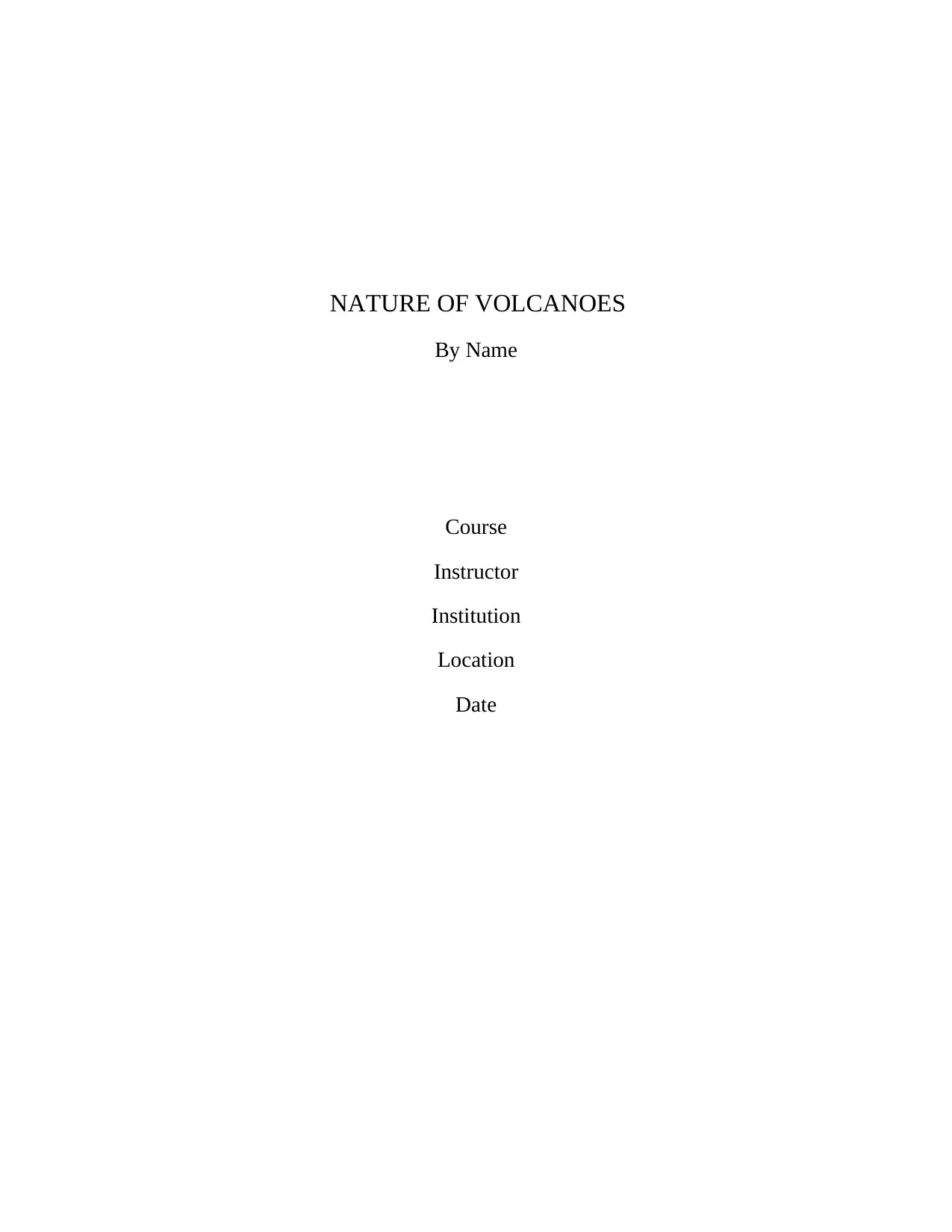
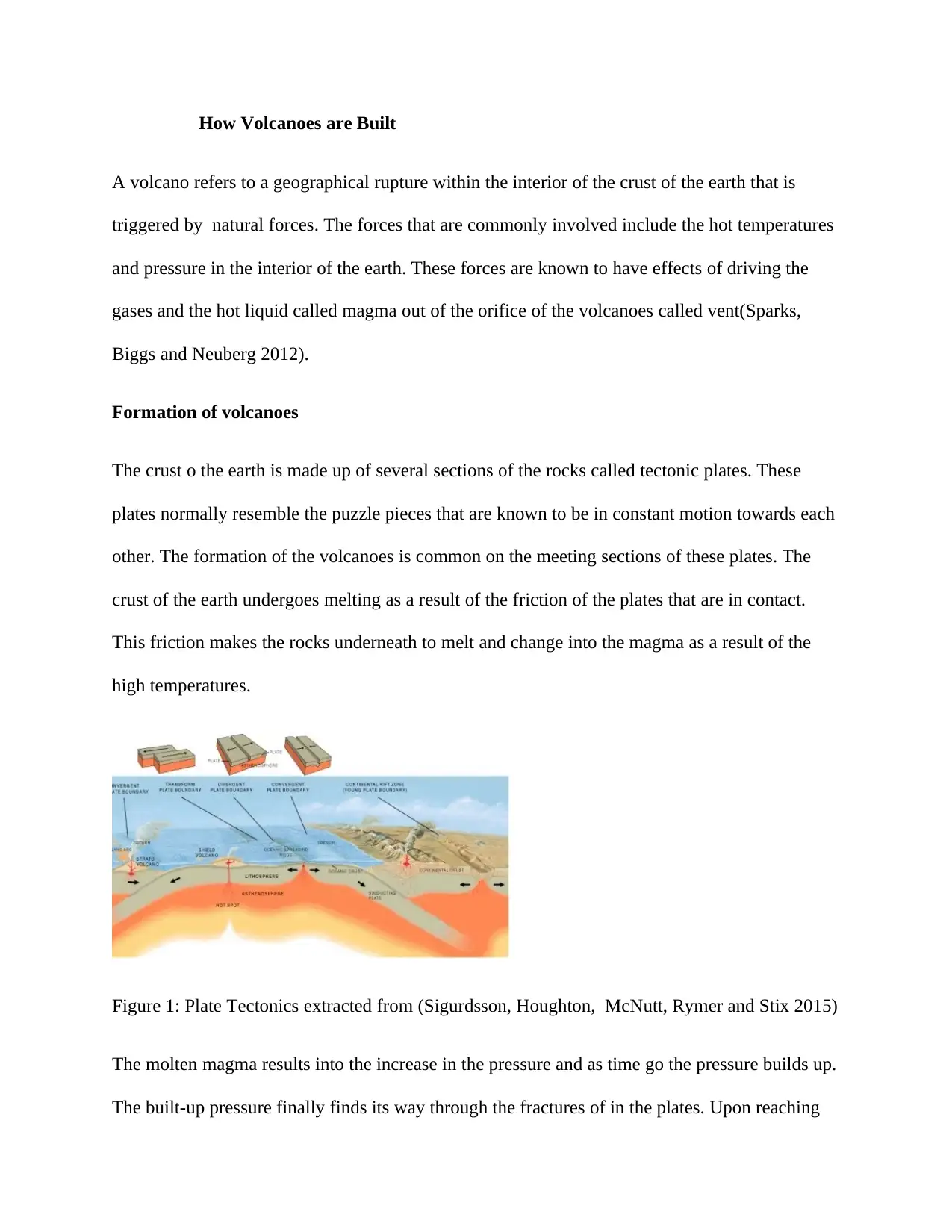
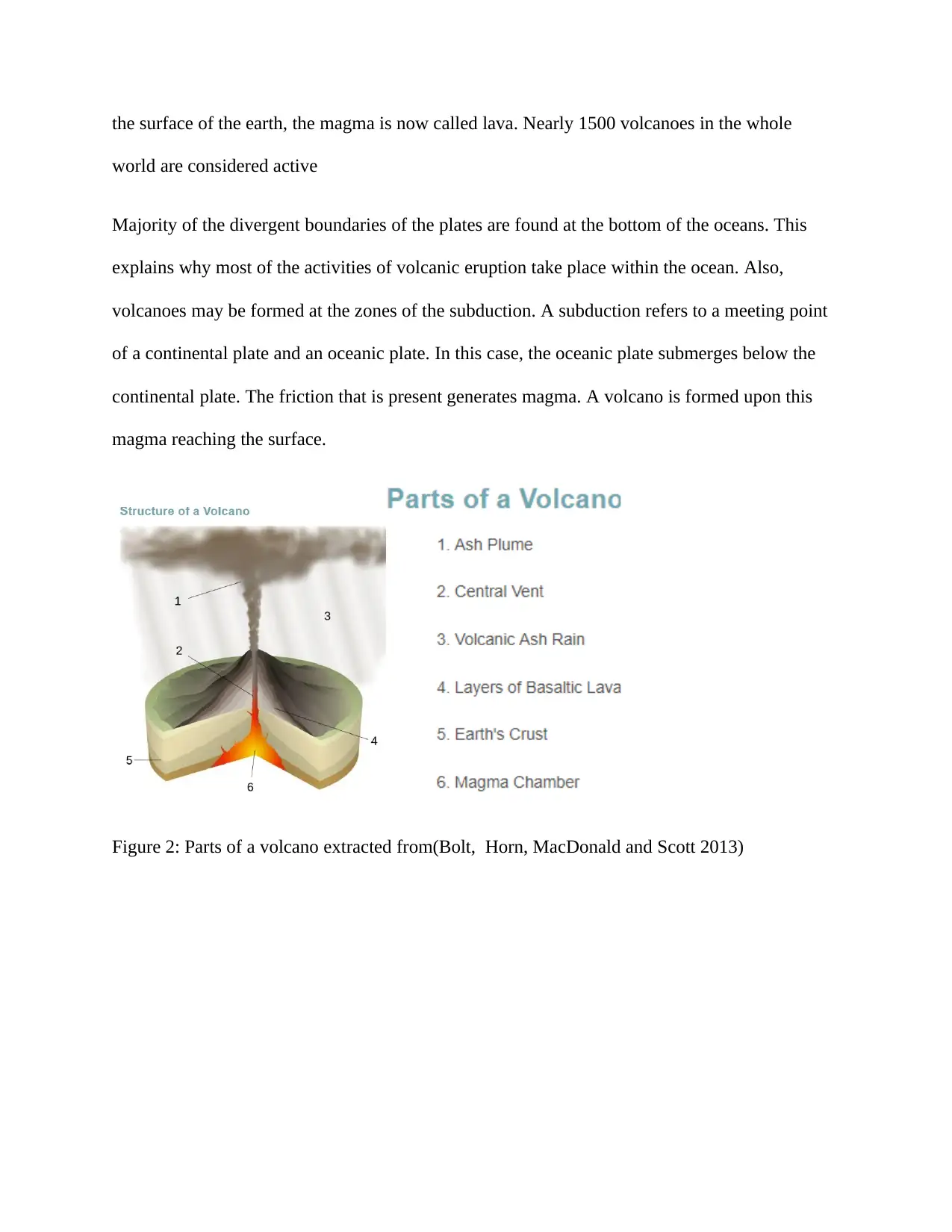

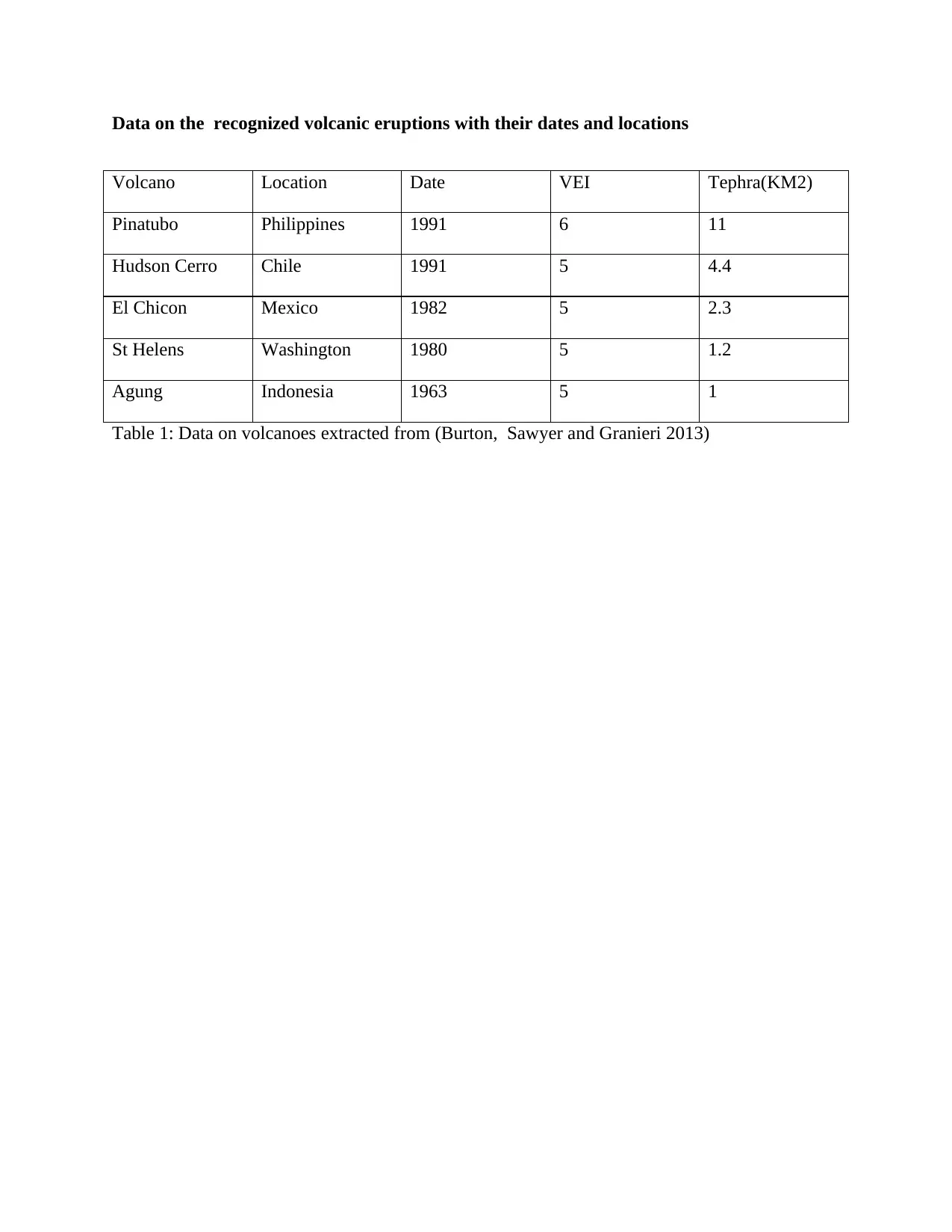
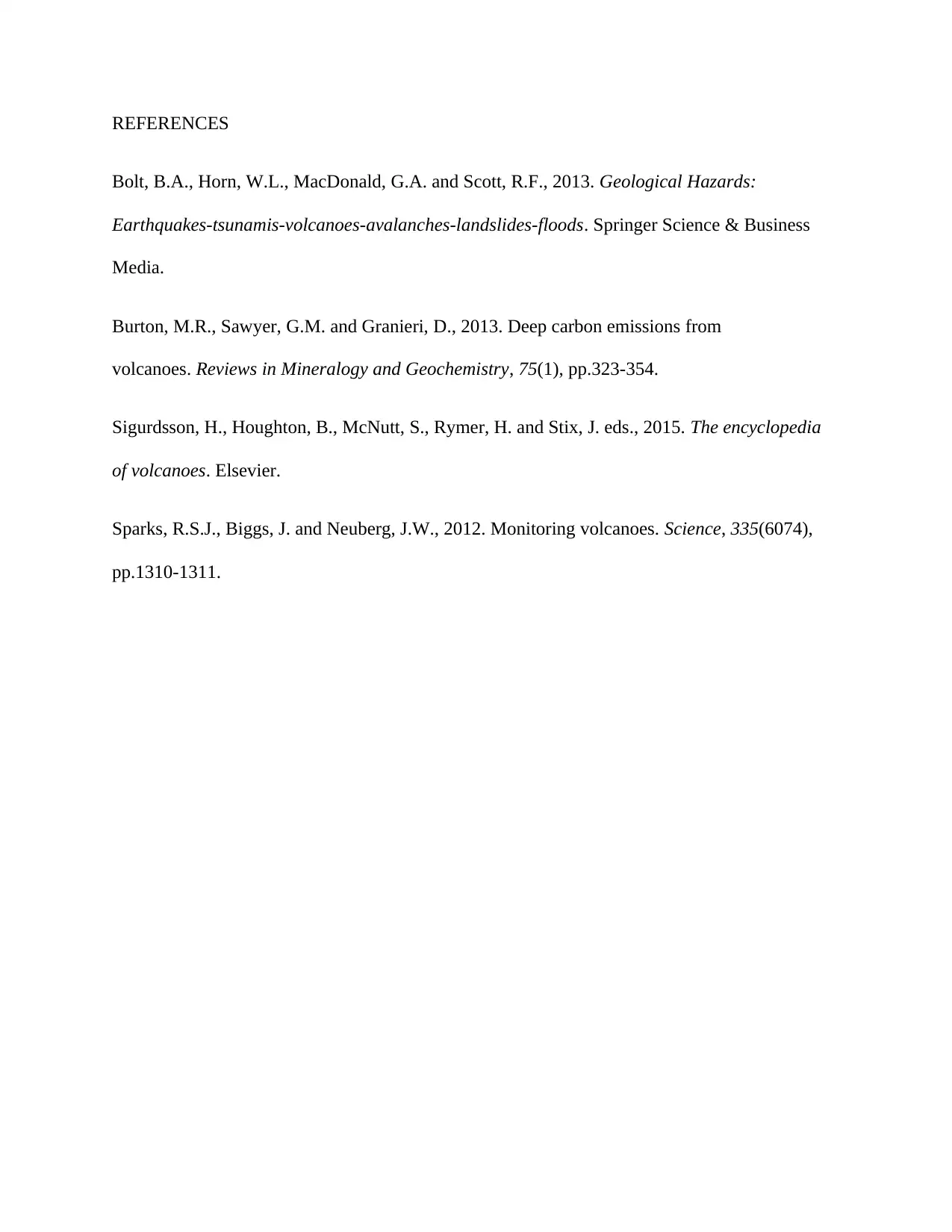

![[object Object]](/_next/static/media/star-bottom.7253800d.svg)